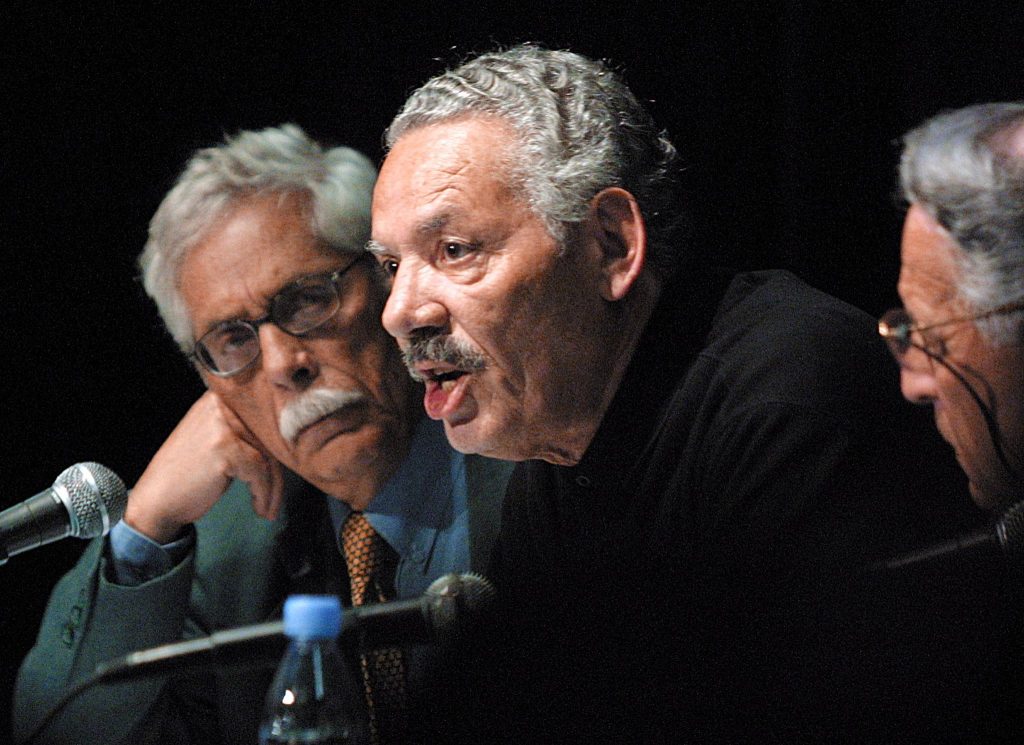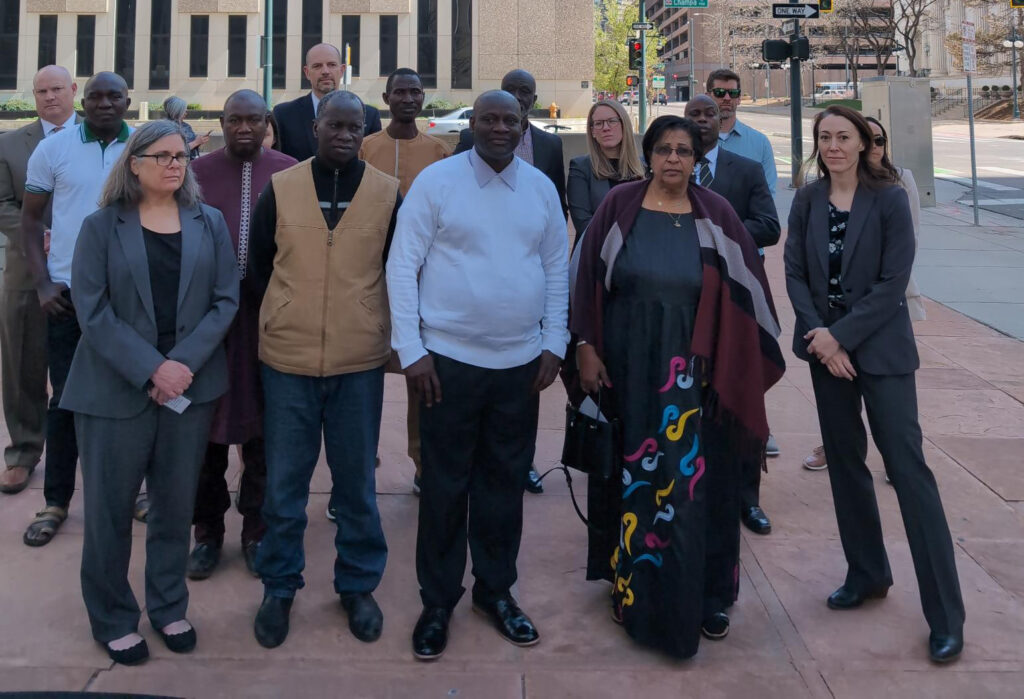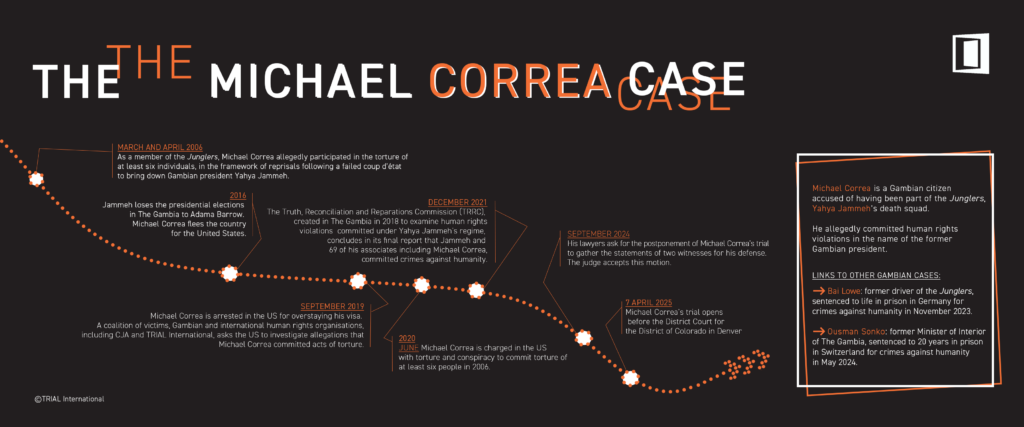Enforced disapperance of Enes Ramulic in July 1992
In June 2010, TRIAL submitted an individual complaint to the European Court of Human Rights against Bosnia-Herzegovina (BH) concerning the enforced disappearance of Enes Ramulic which occurred in July 1992. In this case, ACT is acting on behalf of Edin Ramulic, the brother of the victim.
At the time of his disappearance, Enes Ramulic was 22 years old and lived with his family in Rakovcani, a village in the municipality of Prijedor in today’s Republika Srpska.
On 22 July 1992, uniformed soldiers of the Yugoslav Army, entered the village and ordered all the men to assemble outside their homes. Obeying this summons, Edin Ramulic, Enes Ramulic and Uzeir Ramulic lined up in front of their house. Edin Ramulic who had lost a lot of weight and was very weak, appeared to the soldiers to be too young and was ordered back into the house.
Several witnesses have asserted that the men arrested in the village, including Enes and Uzeir Ramulic, were then escorted to the Keraterm concentration camp and interned in Room 3 where they were reportedly massacred on 24 July 1992. Fellow prisoners have stated that Uzeir Ramulic most likely was killed during the massacre but that his son, Enes, apparently survived. On 4 August 1992, he was seen for the last time, in very poor health, before being taken from the camp by bus the following day with around another 120 prisoners. A judgment handed down by the ICTY has confirmed the above facts and that all of the occupants of the bus were massacred. However the body of Enes Ramulic could not be identified amongst the dead bodies of the other passengers found at Hrastova Glavica, which lies approximately thirty kilometers from Prijidor.
More than 18 years after this incident, no official, prompt, impartial, comprehensive and independent enquiry whatsoever has been undertaken by the BH authorities in order to locate, identify and return the mortal remains of the victim to the family; nor has anyone yet been prosecuted, judged or punished for these crimes despite the great amount of energy devoted by the applicant in trying to shed light on these events.
On several occasions Edin Ramulic documented and submitted allegations concerning these events to the authorities including the Sanski Most police, the cantonal office of the Bihac Prosecutor, the Red Cross in Travnik and Zagreb, the Federal Commission for Disappeared Persons and the BH Institute for Disappeared Persons. Despite the futile outcome to date, Edin Ramulic has remained very active particularly through his participation in the work of the IZVOR association which lends support to the families of disappeared persons and through his personal research efforts which are facilitated due to his position as a journalist.
On 16 July 2007 the Constitutional Court of BH, ruling in an action brought by several families of victims of enforced disappearances from the Prijador region, which included Ramulic, held that BH was in violation of the right not to be subjected to torture and inhuman and degrading treatment and the right to respect for private and family life of the families of those disappeared. Accordingly, the Court ordered the national institutions concerned to disclose all available information on the fate and whereabouts of the missing persons, including that relating to the brother of Edin Ramulic.
On 22 March 2008, the applicant received a letter from the office of the Republika Srpska Commission of Inquiry into Involuntary Disappearances which simply acknowledged his request for information without providing any new or additional information whatsoever.
Confronted with such indifference on the part of the BH authorities concerned, Edin Ramulic requested the BH Constitutional Court, in a letter dated 30 March 2009, to take all necessary measures to ensure that its decision of 16 July 2007 be implemented. Up until this date this request has also gone unanswered.
Consequently, Edin Ramulic has requested the European Court of Human Rights:
to find that Enes Ramulic is a victim of a violation by BH of the procedural aspects of Articles 2 (Right to life), 3 (Prohibition of torture) and 5 (Right to liberty and security), in conjunction with Articles 1 (Obligation to respect human rights) and 13 (Right to an effective remedy) of the European Convention on Human Rights, due to the absence of a prompt, impartial, independent and thorough investigation by the BH authorities in order to establish his fate and whereabouts, as well as to identify those responsible for these crimes and to prosecute, judge and punish them;
to find that Edin Ramulic is himself a victim of a violation by BH of Article 3 in conjunction with Articles 1, 8 and 13 of the European Convention on Human Rights, due to the severe mental distress and anguish caused by the complete lack of information concerning the progress and conclusion of the official inquiry conducted by the BH authorities into the disappearance of Enes Ramulic. Furthermore, the impossibility to pay his final respects to the body of his brother according to the rites and traditions of the Muslim faith is an additional source of suffering and constitutes interference by a public body into his private and family life;
to request BH to order at last and as a matter of urgency, an independent investigation with a view to locating Enes Ramulic and, if discovered, to exhume, identify, and return his remains with respect to the family;
to request BH to identify and bring the perpetrators and accomplices of the arbitrary arrest and subsequent enforced disappearance of Enes Ramulic before the competent civil authorities for prosecution, judgment and punishment without any further delay; and
to request BH to ensure that Edin Ramulic obtains integral reparation through prompt, fair and adequate compensation for the harm suffered.
Procedure
After a preliminary examination of the admissibility of the application, on 28 September 2012 it was communicated to the Government of BiH.
In January 2013, REDRESS and the OMCT submitted to the ECHR an amicus curiae brief in relation with the present case to shed light on the link between enforced disappearance and the prohibition of torture and other ill-treatment as well as the relationship between the continuing nature of enforced disappearance and the content of effective remedy and reparation for relatives of those who have “been disappeared”.
In January 2013 the Government of Bosnia and Herzegovina submitted its reply, challenging the admissibility and the merits of the case. On 25 March 2013, on behalf of the applicants, TRIAL submitted its pleadings to the European Court of Human Rights challenging in detail the arguments put forward by the respondent State and highlighting a number of mistakes and contraddictions contained in its submission to the European Court. The latter transmitted a copy of TRIAL’s reply to the Government, fixing 13 May 2013 as the deadline for comments they may wish to make. On 3 June 2014 the European Court issued a decision, finding that in this case Bosnian authorities did all that could be reasonably expected given the special circumstances prevailing in the country up until 2005 and the large number of war crimes pending before local courts. The Court noted that “it is evident that not all of the direct perpetrators of the many crimes committed within the context of the ethnic cleansing of the Prijedor area have been punished”. Nevertheless, it valued the fact that the International Criminal Tribunal for the Former Yugoslavia and the State Court have convicted respectively 16 and 7 persons in connection with crimes committed in the area.
See also the Aliskovic case where a loved one was also arbitrarily arrested on the same occasion.
General Context
It is estimated that between 100,000 and 200,000 persons died as a consequence of the conflict in BH during the period 1992-1995 and that between 25,000 and 30,000 were victims of enforced disappearance. As of today, between 10,000 and 13,000 people are still missing without trace.
The arbitrary arrest and enforced disappearance of Uzeir and Enes Ramulic, the murder of the first and the enforced disappearance of the second, took place within the context of the “ethnic cleansing” operations perpetrated by the Serb army during the military attack on Prijedor and the surrounding area in the spring and summer of 1992.
To date no one has been convicted, prosecuted and punished for the enforced disappearance of Enes Ramulic, thus fostering an overall climate of impunity. The family of Enes Ramulic has still not received any information on the fate and whereabouts of their loved one, nor an adequate and integral redress for the harm suffered.








